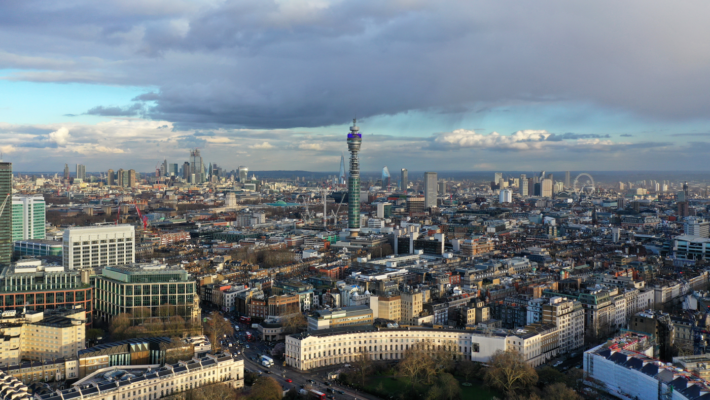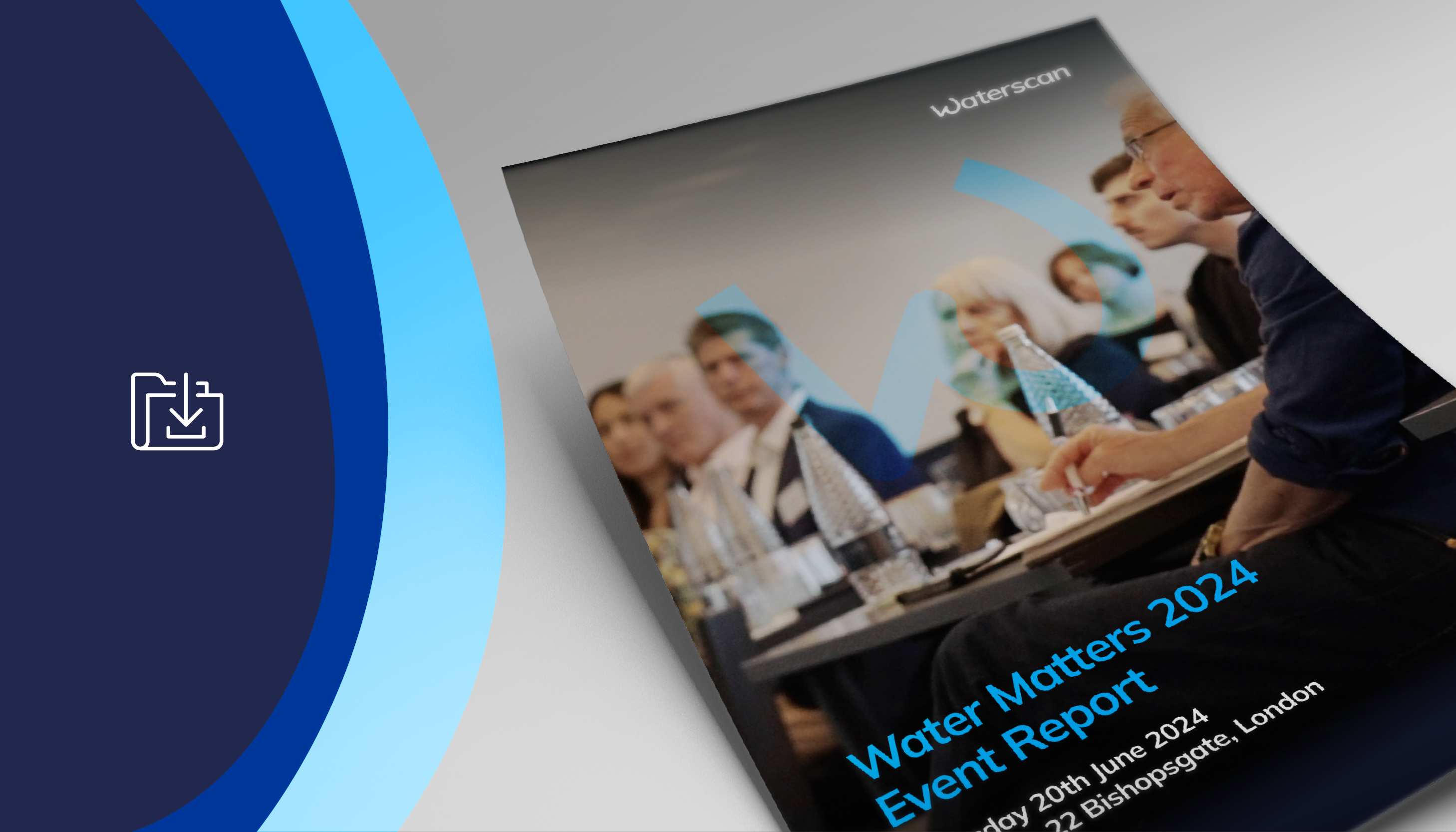In conversation with Matthew Power, Utilities Commercial Specialist.
BT Group, comprising the brands BT, EE, PlusNet and Openreach, is one of the world’s leading communications services companies. Recognising that the connections it makes have the potential to solve the world’s biggest challenges, the Group’s purpose is to create positive change by connecting people for good.
Utilities Commercial Specialist, Matthew Power, explains how water fits into robust resource management plans, in line with an ambition for BT to be a climate-resilient, net zero business by 2031.
Matthew, tell us about BT’s estate.
We have a large and extremely diverse property portfolio with significant variability in terms of water use. While BT is not a particularly large water user in comparison to other businesses of our size, water is integral to all our operations, not just for staff welfare facilities, but also for systems that rely on mains water to cool assets, particularly in hot weather. For this reason, good water stewardship is very important to us.

How do you manage this complexity?
Historically, it was very difficult to manage water across our estate for one overriding reason: a lack of data. Some of our sites are small and were not considered a priority for meter reading by the water companies, so we had a lot of long-unread meters (a ‘long-unread meter’ is one that hasn’t been read for a year or more).
At the same time, we were receiving a huge number of water bills: around 12,000 each year. Processing these invoices and attempting to validate them with or without meter reads, was a manual and time-consuming administrative process.
Importantly, we didn’t have the national picture that we needed to make any kind of meaningful assessment of our usage across the whole business. This lack of data also meant that we couldn’t spot and fix water leaks, adding to water wastage and to budget uncertainty: when leaks are detected, a large catch-up bill tends to follow, and this makes controlling spend difficult.
When the water market was deregulated in 2017, we had an opportunity to solve our challenges around meter reading and the administrative burden of dealing with multiple suppliers. After initially tendering for a single national water retailer, we fast realised that this procurement route was unlikely to achieve our goals and so analysed alternative options.
Ultimately, we decided to Self-Supply in partnership with Waterscan. The team there walked us through the process of applying to Ofwat for our Water Self-Supply Licence, which we received in 2018, and we then began switching our supply points in a staged programme. Absolutely the right decision, we now have complete visibility of our water use right across our estate and can proactively manage this.
How did Self-Supply help you gain this visibility?
Put simply, it gave us control over our water for the first time.
We have switched over 3,400 meters and more than 3,600 sites to Self-Supply, including most EE stores. With just a handful of switches remaining, this means that we have now located, verified and read the vast majority of our water meters. Prior to Self-Supply, around 25% of our meters had not been read for over a year, but now those classified as ‘long-unread’ are less than1% of our total. Given that the size of our estate means that we have an equivalent number of supply points to a large water retailer, this is a phenomenal achievement.
Our newfound data also enabled us to identify and repair several large underground leaks, boosting local supplies by over 0.5 billion litres. And, it has given us accurate benchmarks upon which we can base future strategic decisions; for example, in assessing the consumption impact of rolling out new cooling systems that use mains water.
What’s been the financial impact for BT as a result of this move?
An outstanding significant reduction in our water spend. Since switching to Self-Supply, we have saved over £3 million. We save around £250,000 a year through paying wholesale water rates over default retail rates. Over the year ahead, we’re projecting a saving of £400,000 in this way, and that’s without the savings we achieved in other ways like stemming leaks. We have also cut down on administrative costs through having significantly fewer bills to process.
How will BT build on its data insight to play a leading role in managing water responsibly?
We remain engaged in the water market and are interested to see how it develops. Where we can exert our influence to ensure that it improves customer outcomes, we are keen to do so. Through MOSL membership, access to central market data and discussions at the Self-Supply Users Forum, we have incredible insight into national challenges around water and how these could impact our operations and those of our supply chain.
We can now look more specifically at sites located in water-stressed catchment areas so that we can review contingency plans for those that are at the highest risk of a water outage.
Finally, we have reported on our climate impacts via CDP for some time and are proud to be one of the 297 companies globally rated A for this disclosure and do a lot of work on supplier engagement associated with this. We are looking to build on this work by disclosing on water. Indeed, our TCFD analysis highlighted two physical risks to our business and these both relate to water: flooding and rising temperatures, likely to necessitate more cooling systems.
What advice would you offer organisations embarking on their own water strategy?
As water availability trends towards more stress, and greater transparency around reporting and disclosure come into play, water is fast becoming a priority and I would say that it is now time to further engage with it. For us, Self-Supply has proven to be the optimal route to understanding and acting on water. It has been a great foundation for unlocking more opportunities to boost our climate resilience and given us the insights we needed to support our goals.
We’ve recently updated BT’s Water Journey. To read more, click here.




